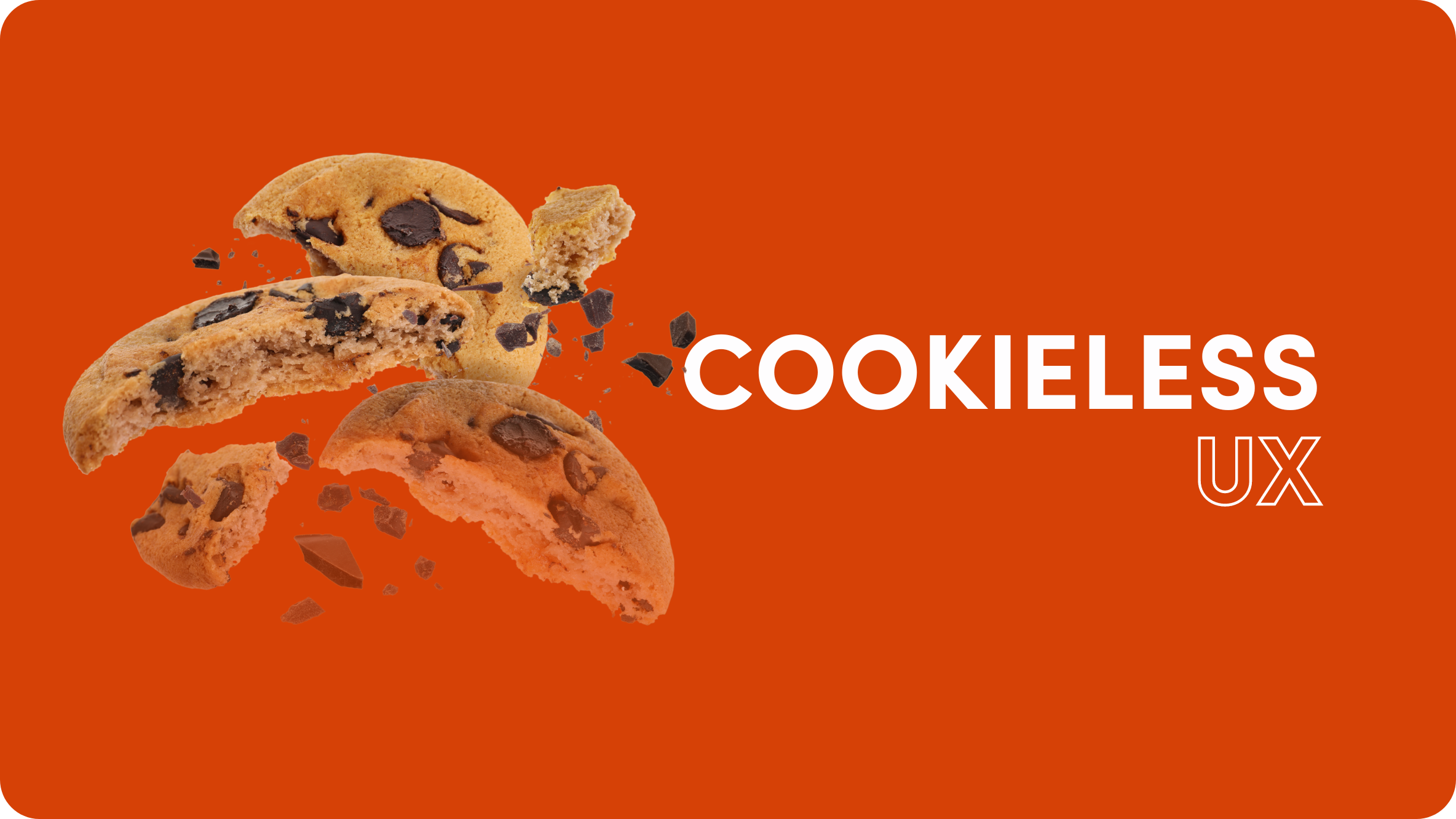How to Boost the ROAS of Your Digital Campaigns

You’ve launched your ad campaign. It’s buzzing with positive feedback and social shares – the holy grail for advertisers.
But you’ve poured a fair bit of money into the campaign. How can you be sure you’re getting the best value possible?
To work out if you’re maximizing your return, you need to keep a close eye on ROAS – Return On Ad Spend.
Understanding ROAS
ROAS measures the amount of revenue generated for every dollar spent on advertising.
It differs from other metrics like click-through rates because it’s directly related to revenue, not just engagement.
In other words, it zeros in on the money.
It’s simple math: divide your total campaign revenue by the total cost.
This gives you a figure that shows whether the cash you’re putting in is really paying off. It reveals whether the attention generated by your ads translates to real profits.
Now, if you’re thinking about boosting ROAS, the trick is to spend less without hurting your earnings. It’s a bit of a balancing act.
Don’t worry, there are some key strategies that can help maximize your return on ad spend. Let’s take a look:
1. Set Clear Campaign Objectives
If you really want to get the most out of your ad campaigns, you need to have a solid game plan. It’s like setting up a roadmap – you need clear direction and achievable goals.
Think SMART when setting your goals – Specific, Measurable, Actionable, Realistic, and Time-bound.
Don’t just say something like, “I want to improve our online presence.” That’s too vague. Instead, aim for something concrete, for instance “boosting online sales by 20% in the next three months.”
These kinds of specific goals tick all the boxes in terms of maximizing ROAS. They directly link your advertising efforts to actual business results, which is essential for gauging how well your ads are performing.
2. Segment and Target Your Audience
When it comes to your ad campaigns, think of it like throwing a house party – you want the right people to show up. That’s where smart targeting comes in.
Take a deep dive into the data. Work out who’s buying your stuff, where do they hang out online, and what do they like? This helps you create ads that hit the mark.
Imagine you’re selling fitness gear. You could focus on:
- young adults into hardcore workouts,
- middle-aged people who want to stay healthy,
- and seniors looking for low-impact exercises.
The trick is coming up with messages that speak directly to each group. Adding a personal touch to your ads makes it feel like you’re having a conversation with your audience. And when people feel you’re talking directly to them, they’re more likely to take action. If you hit the right notes in this way, it can boost your returns big time.
3. Optimize Ad Creative and Copy
Let’s break it down. The impact of your ad comes down to two things – how it looks and what it says.
You want your ad to speak directly to your audience’s needs and desires, so keep your messaging sharp and on point. Don’t be afraid to throw in some persuasive writing tricks like pattern interrupts to grab their attention
And don’t forget a strong call-to-action – it’s no good getting their attention then they don’t follow through and convert because you haven’t asked them to.
Now, here’s where it gets fun. You can experiment with different styles and content through A/B testing. This helps you to figure out what resonates best with your audience. Mix and match your images, words, and calls to action based on what you learn from the tests. It’s a bit like a jigsaw puzzle – find the right pieces that work, put them all together, and you’ll see your campaign succeed.
4. Strategize Your Bids
Strategic bidding boils down to two categories – automated or manual. Which one you choose depends on the type of campaign.
- Automated Bidding: Perfect for campaigns where you’re after efficiency and time-saving. Think broad reach campaigns, like brand awareness.
- Manual Bidding: This is for those precision-targeted campaigns, like launching a niche product. You have more control, tweaking bids based on performance or market insights.
There are various bidding strategies you can try, including:
- Cost-per-click (CPC): You pay for each click. Good for driving traffic to your website. It focuses on attracting users who are likely to be interested in your product or service, thus potentially improving ROAS.
- Cost-per-impression (CPM): You pay per thousand impressions (views) of your ad. Good for increasing visibility. May not directly translate to conversions or revenue.
- Cost-per-acquisition (CPA): You pay when a certain action is taken – e.g. sale, sign-up, form submission. It can help optimize spending as you invest in actions that contribute directly to revenue.
If your aim is to maximize ROAS, we recommend a different strategy known as Outbrain conversion bidding. This is an automated strategy in which you set bids with the specific goal of maximizing conversions. Using algorithms, it automatically adjusts your bids in real-time to get as many conversions as possible at a cost per conversion that aligns with your goals.
5. Allocate Your Budget Wisely
When allocating budgets across different platforms like Google Ads, Outbrain, Facebook, and Instagram, consider the following steps:
- Analyze past performance: Look at your past campaigns. Which platforms were hits? Pour more into what worked.
- Consider platform strengths: Think about where your audience hangs out the most. Got a younger crowd? Instagram might be the best bet. If you’re aiming to entice people who are spending time on their favorite news, sports, and entertainment sites on the open web, then Outbrain ads are a good choice.
- Test and adjust: Don’t go all-in on just one platform. Spread your budget out. This way, you can adjust as you go, based on what’s working.
- Leverage platform-specific features: Use each platform’s unique features to your advantage. For example, Outbrain Interest Targeting enables you to target audiences based on the topics and pages they typically visit. It’s a great way to expand reach while targeting relevant users.
- Monitor and reallocate: Keep a close eye on how things are going and shuffle your budget to platforms that give the best returns. Be flexible and make the most of your ad spend. Keep testing, keep optimizing, and you’ll find the sweet spot for your campaigns.
6. Track Conversions & Analytics
You can’t optimize what you don’t measure.
Google Analytics is a great start. It offers deep insights into user behavior and campaign performance.
If you are advertising with Outbrain, it is essential to install the Outbrain Pixel so you can track the interactions with your ads and monitor conversions. There are two ways to install the Outbrain Pixel: directly on your website or via Google Tag Manager integration. Pixel tracking is crucial for measuring ad campaign impact and optimizing towards business goals.
Continuous monitoring is the name of your game. Adjust your campaigns based on real-time data to ensure they’re always optimized for the best ROAS.
Tune Up Your ROAS
Boosting your ROAS is a must in the competitive world of digital advertising. Think of it as fine-tuning your car for better mileage – you save money over the long-run and get better performance.
The key things to remember are:
- set sharp, focused goals,
- really get to know your audience,
- create ads that speak directly to them.
You also need to manage your budget smartly and make every cent count. Tracking and analytics will help you to achieve this.
Implement these tactics, keep an eye on the data, and your ROAS is sure to head in the right direction.











